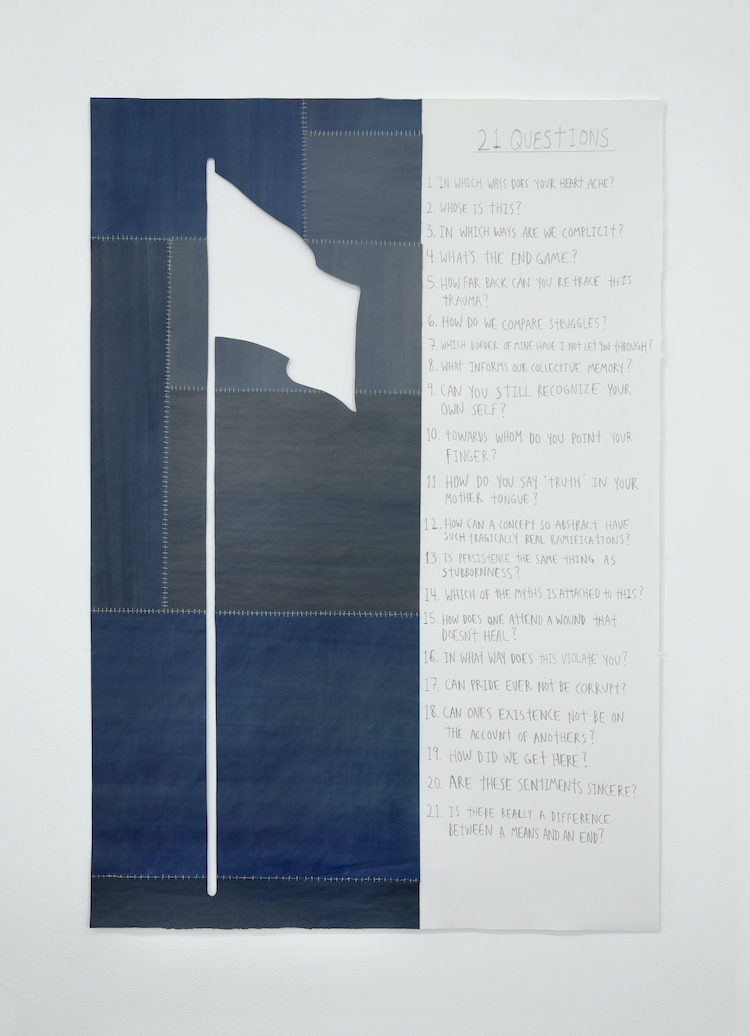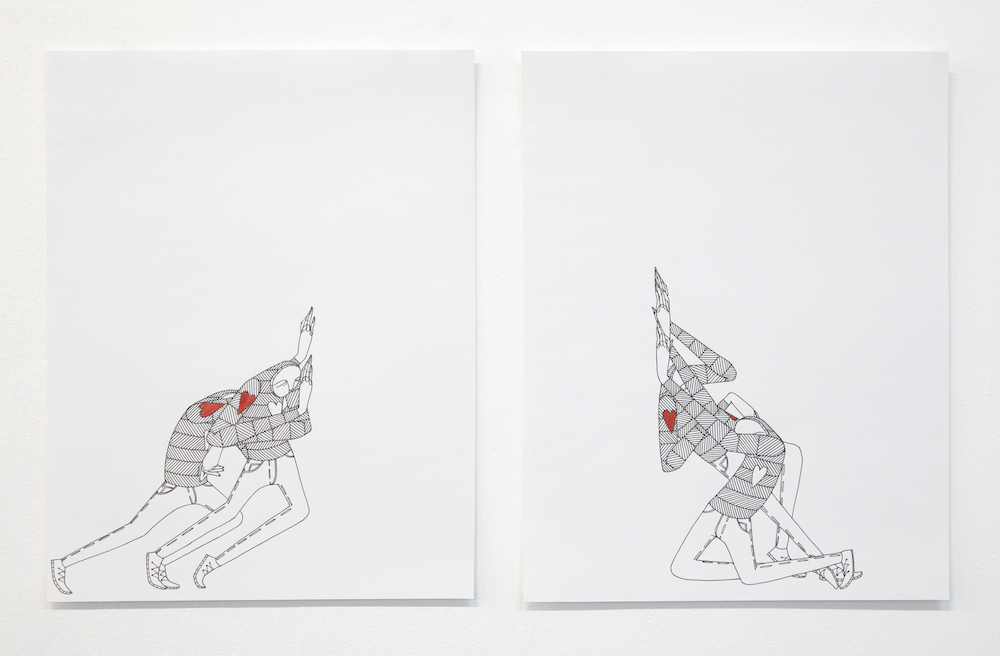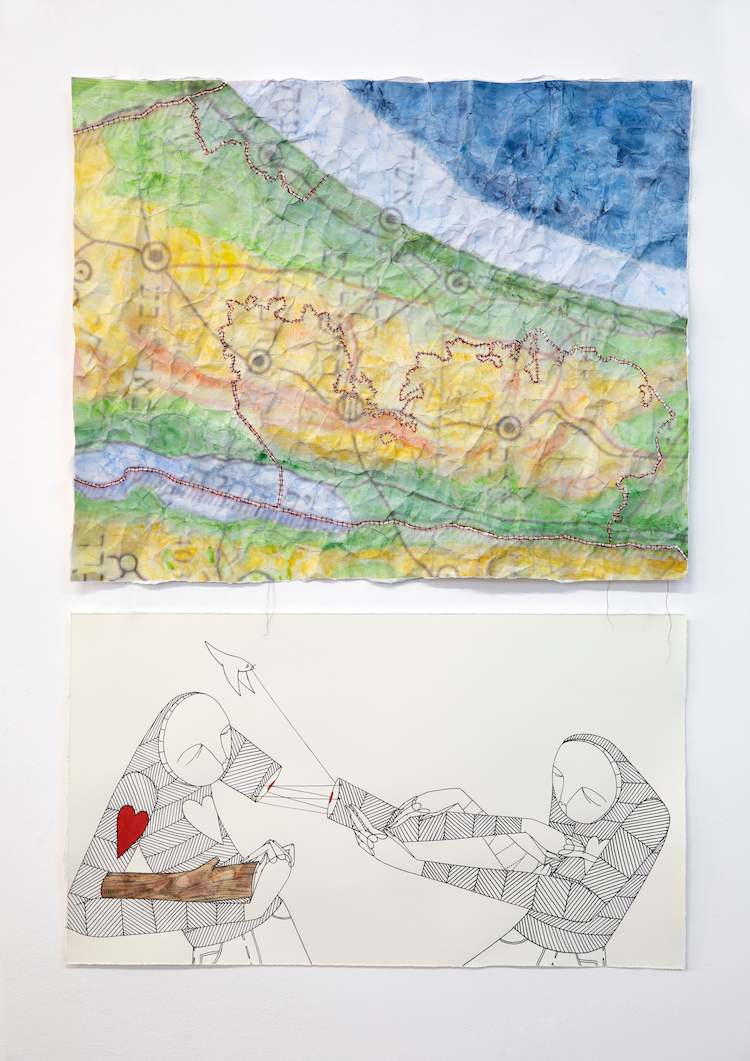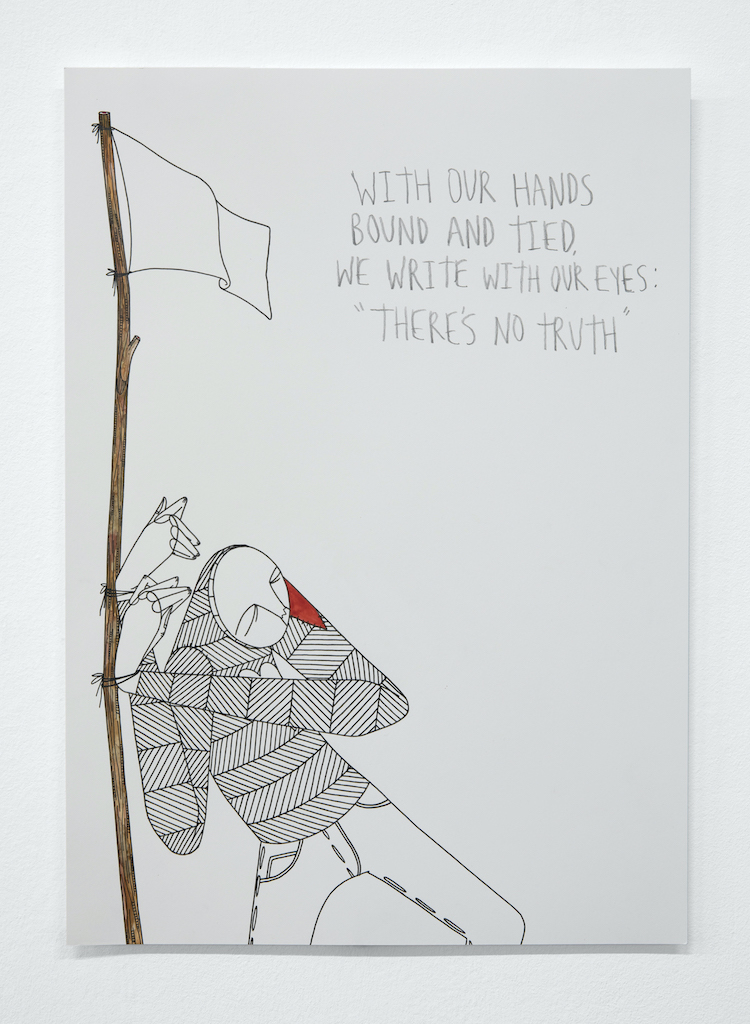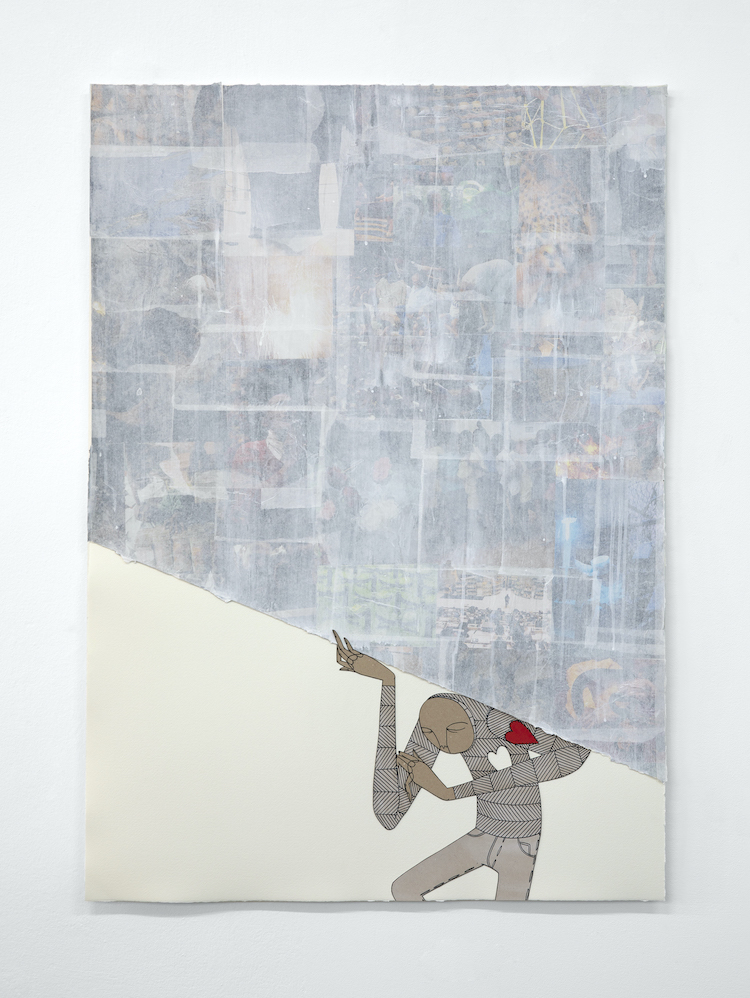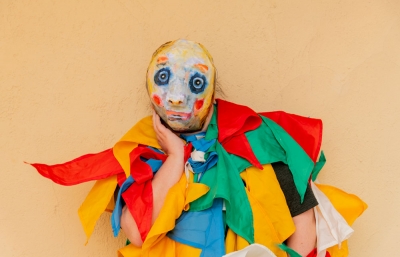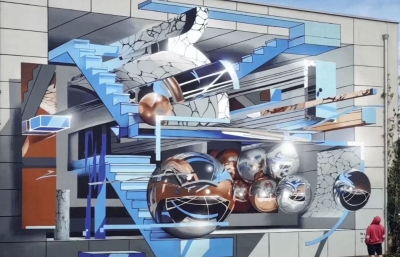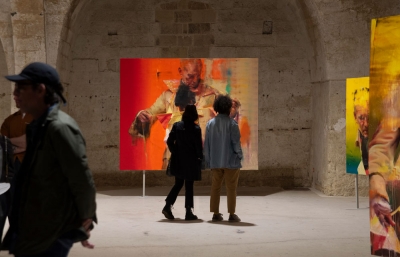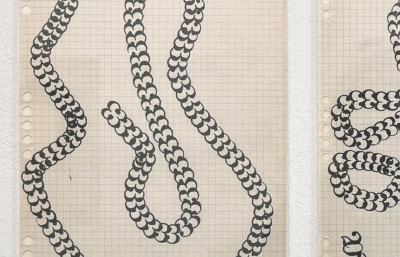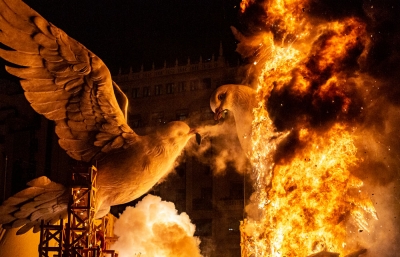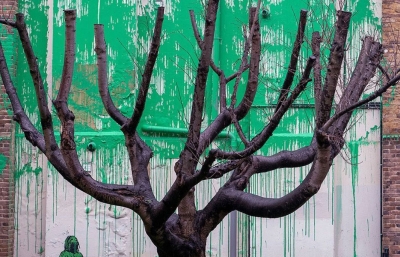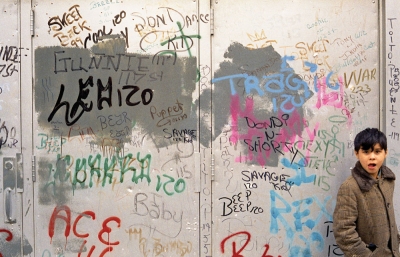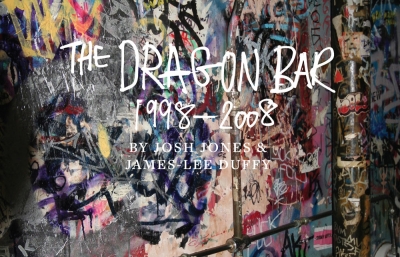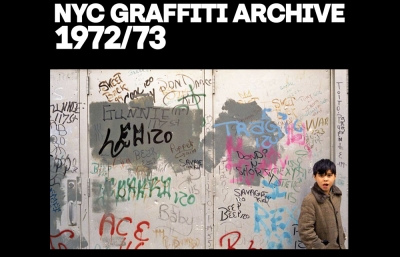For years now, Addam Yekutieli, known perhaps more for his monker, Know Hope, has struck a unique balance between political street works and a poetic humanism in his fine art. The Tel Aviv-based artist has used his unique character to traverse topics and concepts, speaking to the broader world about unique conversations of geographical borders as well as the intimate and constantly evolving situation where he lives. His career is an example that street art doesn't just live in one place, but can speak to our global experiences. For the BEYOND THE STREETS on PAPER show, on view at the Southampton Arts Center through the end of August, Yekutieli presented a series of works from his career, and when we spoke to him, his mind was on the unique conditions of life in a pandemic and what it meant to his practice at large.
Has the past year impacted or influenced your work in any way? How so?
This past year has had an immense impact on so many facets of my life, as well as our collective existence. We were all required to reflect, reassess where we position ourselves within our broader contexts, our communities and so on.
Much of my work was informed by the various political turmoils that took place over the past year or so and through my involvement with and my proximity to the mutual aid community, Culture of Solidarity.
It was a year in which I felt that the most efficient and sincere place that my work could exist would be in the shape of supporting various struggles in a practical way by designing signs for protests, food boxes distributed to various communities and individuals in need, etc.
The recent war on Gaza and the local political reality that continues to reach new boiling points also has an impact in the sense that it even more solidifies my responsibility as an Israeli artist to speak out against the Israeli Occupation, through my work and on a personal level.
How has the mood of your most recent work changed or shifted from past work we’ve seen?
I'm not sure how visible it is to the outside viewer, but I feel a lot more comfortable in the merging point of my iconographic work and my projects that deal with political or social issues. I had a tendency to want to create a separation between them out of the fear of the former being didactic, but I feel that things are much more fluid now.
What would you say is the medium that has defined your work as an artist?
Since my work uses various mediums, it's hard for me to pinpoint one that defines my work, but I can definitely say that text and drawing have remained consistent throughout the years.
When was the last time you produced works on paper?
I work with paper quite a bit, whether it be as a surface for drawing or as a material in assemblages.
What does working on paper look like for you?
I love working with paper, because it's such a versatile material. It's durable and straight-forward, but is also fragile, and giving. It absorbs, can get damaged easily, and is stubborn by changing your initial plans with its texture. I like how it can be transparent and vulnerable, change color and warp when met with sunlight and wetness. It wears its own history in a very visible way. I enjoy working with all these traits.
It seems like in the past year artists everywhere quite literally went back to the “drawing board.” What was that experience like for you as an artist or an individual?
I surprisingly didn't get as much solitary studio time as I thought I would get, but this past year definitely forced me to keep certain things more simple than I would have otherwise. Working within limitations always helps me refine and clarify, and prioritize focus.
What does urgency mean to you?
To me, urgency means to work or act out of necessity, with either the idea or its relevance within reality being fleeting or having an expiration point. Sometimes it's intellectually motivated but many times it's impulsive, like a feeling that something needs to be made and realized at a given point. The feeling of urgency has always been a primary driving point for making work for me, and something precious that needs to be listened to and preserved.
Has your relationship with time changed at all in regards to creating?
Always. On a philosophical and existential level I've always been fascinated and troubled by the notion of time and it's been a theme in my work for as long as I can remember, whether by being the subject matter or the embodiment of my work, especially with my outdoor work.
The element of time became integral in many of my projects, especially my social practice and participant-based projects, in which documentation over long spans of time has been such a main component. To see how relationships change over time, how our perception of an idea changes by the re-contextualization of time are some examples of this.
What are some new hobbies or skills you cultivated in the past year that you have continued to keep up?
As many others during the pandemic, I spent a lot more time in the kitchen over the past year and I'm now slightly better at cooking than I was before. I emphasize the 'slightly' as I am not by any means a good cook, but definitely more self sufficient than as I was with my previous 7th-grader skill set from pre-pandemic days.
Any playlists or podcasts you listened to while making your works on paper?
I've been listening to a playlist I made a little while back on Spotify named 'The Routine Wander' that was initially made as a winter soundtrack, but somehow I ended up listening to it more after summer was in full swing.
Besides that, a lot of Rocksteady, including some amazing tracks by Phyllis Dillon, Susan Cogadon and The Paragon/John Holt, which is a bit more weather appropriate!

